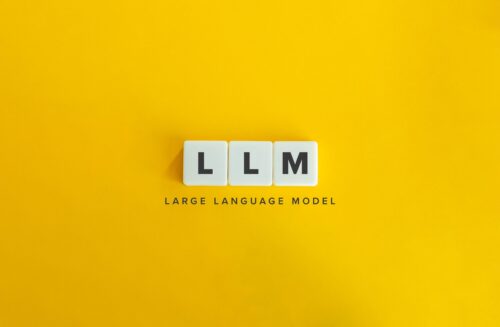 Aug 06,2025
Aug 06,2025 Applications of Generative Models in Image Generation
Still relying on outdated customer service tools? Discover the warning signs that it's time to level up — and how the right system can transform…
Author: Julien Gauthier
7 min read
Our stories
View All
AI (35)
GPU (26)
News (1)
 Aug 06,2025
Aug 06,2025 Applications of Generative Models in Image Generation
Still relying on outdated customer service tools? Discover the warning signs that it's time to level up — and how the right system can transform…
Read the Article
 Aug 04,2025
Aug 04,2025 Generative AI in France: A Rapidly Growing Ecosystem for Startups
Still relying on outdated customer service tools? Discover the warning signs that it's time to level up — and how the right system can transform…
Read the Article
 Jul 24,2025
Jul 24,2025 Why AI Startups Are Turning to Arkane Cloud for Scalable GPU
Still relying on outdated customer service tools? Discover the warning signs that it's time to level up — and how the right system can transform…
Read the Article
 Jul 16,2025
Jul 16,2025 Building the Future of AI Infrastructure
Still relying on outdated customer service tools? Discover the warning signs that it's time to level up — and how the right system can transform…
Read the Article
 Jul 08,2025
Jul 08,2025 Introducing AI as a Service: Scalable, Flexible, and GPU-Powered
Still relying on outdated customer service tools? Discover the warning signs that it's time to level up — and how the right system can transform…
Read the Article
 Jul 04,2025
Jul 04,2025 The 4 Major Corporate Fears About AI [and How Arkane Crushes Them]
Still relying on outdated customer service tools? Discover the warning signs that it's time to level up — and how the right system can transform…
Read the Article
 Jun 24,2025
Jun 24,2025 From Arkane Cloud’s genesis to AIaaS
Still relying on outdated customer service tools? Discover the warning signs that it's time to level up — and how the right system can transform…
Read the Article
 Jul 01,2024
Jul 01,2024 How to Set Up a GPU Cloud Server for Deep Learning
Still relying on outdated customer service tools? Discover the warning signs that it's time to level up — and how the right system can transform…
Read the Article
 Jun 27,2024
Jun 27,2024 Arkane Cloud servers to train LLM
Still relying on outdated customer service tools? Discover the warning signs that it's time to level up — and how the right system can transform…
Read the Article
Load More
Get updates in your inbox
Subscribe to our emails to receive newsletters, product updates, and marketing communications.



 Editor’s Pick
Editor’s Pick 








